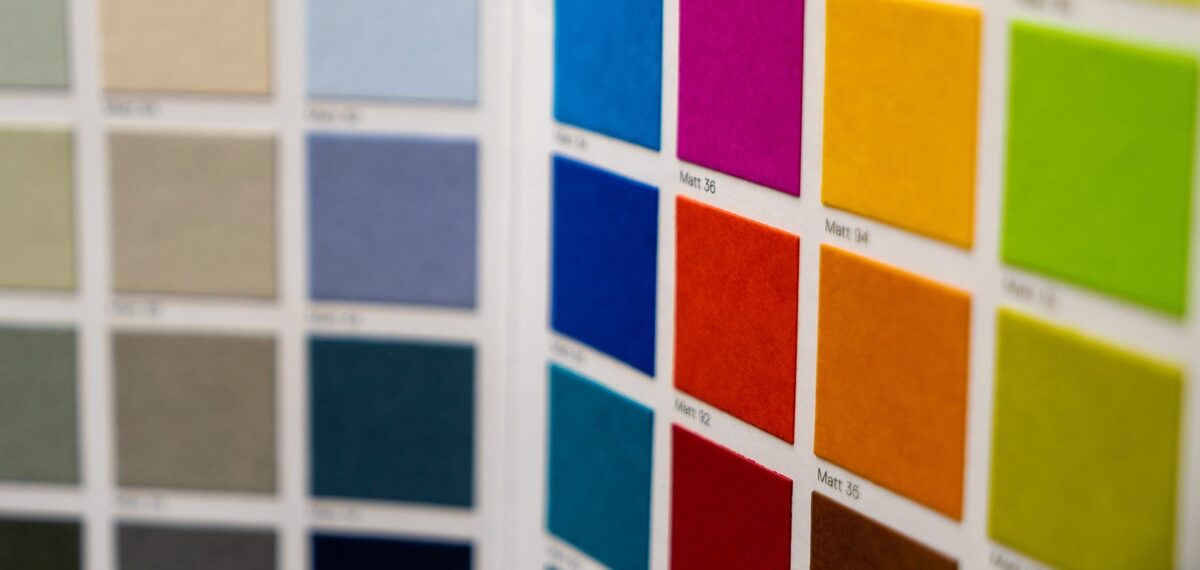Table of Contents
Printing photographs is both an art and a science, and nothing captures the vibrancy and detail of an image quite like glossy paper for photo print. Whether you’re a seasoned photographer or a casual enthusiast looking to preserve precious memories, glossy photo paper can be the magic ingredient that brings your images to life, giving them the shimmer and wow factor of a Hollywood red carpet moment.
Why Glossy Paper Stands Out
When it comes to photo printing, the paper you choose can dramatically influence the outcome. Among the different types of photo paper available—matte, semi-gloss, satin, and more—glossy paper is by far the most radiant.
- Vibrant Colors: Glossy paper enhances color saturation, making hues pop with greater intensity.
- Sharp Detail: The reflective surface adds sharpness and clarity, especially in high-resolution photos.
- Professional Finish: It emulates the look and feel of traditional photographic prints, ideal for gallery-quality work.
This paper type is treated with a smooth, shiny coating that reflects light, giving your images depth and polish. It’s particularly effective with images that contain bright colors and high contrast—think sunsets, cityscapes, or even portraits where skin tones need to glow.

When to Choose Glossy Paper
Not all print jobs are created equal, and sometimes your project may call for a less reflective, more subdued finish. However, glossy photo paper is the top contender in scenarios like these:
- Wedding Albums: Showcase priceless memories with rich color and sharp visuals.
- Travel Photography: Bring exotic locations to life with bright, vivid imagery.
- Portfolio Displays: Impress clients with a slick, polished presentation.
- Gift Prints: Add sophistication to a personalized photo gift.
With its mirror-like finish, glossy paper also gives a tactile and visual sensation of luxury. Recipients of prints made on this type of paper often describe them as more “alive,” more memorable, and more striking.
How Glossy Paper Works Its Magic
The mesmerizing effect of glossy paper lies in its construction. Most glossy papers feature a special resin-coated finish that sits on top of the base material, often treated with chemicals or polymers to harden and protect the printed image. This glossy layer creates a smooth surface that reflects more light uniformly, enhancing perceived brightness and detail.
Another important element is the paper’s weight, typically measured in GSM (grams per square meter). The higher the GSM, the sturdier and more premium the paper feels. Photo professionals often choose glossy paper with GSMs ranging from 200 to 300 for best results.
Tips for Printing on Glossy Paper
To get the most out of your investment in glossy photo paper, here are some expert tips and tricks:
- Use DPI Settings Wisely: Always choose a high DPI (dots per inch)—preferably 300 or higher—for optimal sharpness.
- Drying Time Matters: Let the print dry completely before handling to avoid smudges.
- Fingerprints Beware: Use cotton gloves or handle prints by edges; glossy finishes can retain marks easily.
- Calibrate Your Monitor: What you see on screen should match the print, so ensure color settings are accurate.
- Pair with Compatible Ink: Dye-based inks tend to appear more vibrant on glossy paper compared to pigment-based inks.
Glossy vs. Matte: The Eternal Debate
There’s a perennial debate between glossy and matte finishes in the photography world. While both have their merits, the choice often boils down to the intended use and aesthetic preference.
| Feature | Glossy | Matte |
|---|---|---|
| Color Vibrancy | High | Moderate |
| Light Reflection | High | Low |
| Fingerprint Resistance | Low | High |
| Professional Look | Shiny, Luxurious | Subtle, Elegant |
While matte paper can be better suited for archival purposes and subdued tones, glossy paper wins the spotlight for images that “pop off the page.”
Choosing the Right Glossy Paper
There are various types of glossy paper on the market, and selecting the right one can make all the difference in the final output. Here’s what to consider:
- Brand Quality: Reputable brands like Epson, Canon, and HP tend to offer higher consistency in finish and color reproduction.
- GSM Rating: Look for higher GSM for professional-quality prints.
- Compatibility: Ensure the paper is compatible with your printer type—inkjet or laser.
- Finish Type: Some glossy papers are high-gloss, others semi-gloss. Choose based on your desired level of shine.

Preserving Your Glossy Prints
Taking care of printed photos is just as important as printing them. Glossy prints are particularly sensitive due to their finish. Here’s how to ensure longevity:
- Avoid Direct Sunlight: Prolonged exposure to UV rays can cause fading.
- Use Archival Frames: Acid-free materials can help preserve image quality over time.
- Keep in Cool, Dry Places: Humidity can damage both the paper and the ink.
- Avoid Touching the Surface: Use photo-safe sleeves or albums to protect prints on the go.
With proper care, glossy prints can maintain their vibrant sheen for decades, making them perfect for heirlooms, décor, and display pieces.
Final Thoughts
Glossy paper gives photographs the chance to be not just seen, but to shine. It elevates ordinary images into showstoppers—the kind you can imagine hanging in a gallery or lighting up a living room wall. With the right preparation, settings, and materials, even an amateur photographer can produce prints worthy of the stars.
Frequently Asked Questions
- What is glossy photo paper made of?
- Glossy photo paper is typically made of a base paper coated with a smooth, shiny resin layer designed to reflect light and enhance color vibrancy.
- Is glossy paper better than matte for color photos?
- For vivid, high-contrast color photos, glossy paper often performs better thanks to its ability to reflect light and amplify color saturation.
- Can I write on glossy photo paper?
- It is harder to write on glossy surfaces due to their slick finish. Permanent markers may work, but it’s best to write on the reverse side if necessary.
- Do glossy photos fade over time?
- Yes, especially if exposed to sunlight or high humidity. Using UV-protective frames and storing in archival conditions can prolong their life.
- Are all glossy papers compatible with any printer?
- No, it’s important to check whether the glossy paper you choose is designed for inkjet or laser printers to ensure the best print quality and adhesion.

